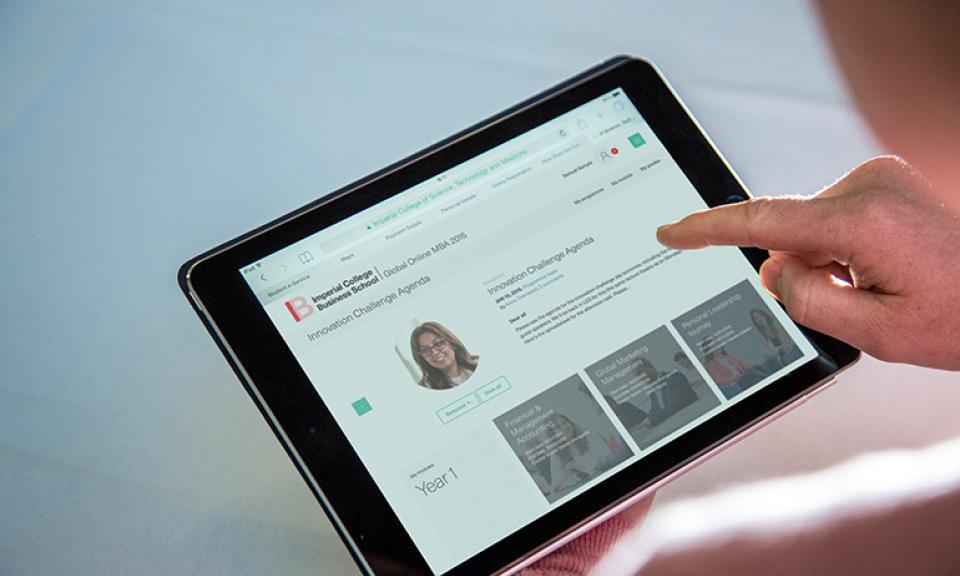
Published
Blog type
The Internet is more important to business than ever before, and a digital presence is a requirement for almost any type of company. This has triggered significant changes in the way companies operate. However, the underlying principles of finance, and financial effect on performance, remain the same even today.
Too often, companies fail to apply the lessons of the real world market with those of the digital market. Accounting for business requires the acknowledgment and management of assets, and this is true of both bricks and mortar companies and digital enterprises (e-tailers). Retailers may fail because they lack assets, or more accurately, because they fail to account for and correctly use the assets they possess. Commercial space is one such asset which businesses rely on and an online presence can be as much of an asset as a physical store.
Take British electronics retailer Maplin, for example. The popular brand has recently fallen into administration (February 2018), with up to 200 stores expected to close. Yet if the company had listed its retail outlets as assets in the balance sheet, rather than as overheads for the business, we could be seeing a very different picture today.
Virtual real estate and digital assets
To better explain how Search Engine Optimisation (SEO) plays a key role in asset building, lets look at the comparison between retail real estate and e-commerce websites. Both physical and digital retail spaces have the potential to be company assets, and they also share many common features.
"Imagine your website is a physical retail space. For a website, Nominet (the registration portal) is the Land Registry and Google is the local council, managing the infrastructure. The council is in charge of traffic to your site, which comes to you via the high street (the Internet). If an e-tailer is to be successful, they need to take control over their virtual real estate (the website) while meeting the requirements of the local council (Google)."

A traditional retailer can strengthen their asset portfolio by purchasing commercial real estate freeholds, opting for land and premises in densely populated areas. Meanwhile, e-tailers must secure virtual real estate in the form of a website. They might start from scratch on a new domain, though this is similar to building in an area with low population, or they can purchase a ready-made, search engine optimised website which already gets a steady stream of retail traffic. Either way, the website can be turned into a digital asset through the correct application of SEO processes.
Purchasing digital assets
The option exists for companies to take over websites that are already optimised, in which case they would inherit all existing search traffic. For example, Maplin’s competitors could snap up the domain name maplin.co.uk when the company wraps up operations. The site could be customised to match the new buyer’s brand, while continuing to trade with its well established client base.
Digital asset purchases present opportunities for asset building. If the new owner of the website offers similar products and services to the competitor they bought it from, customising the site is simple. The branding of the site needs to change, but all pages and categories can remain the same. This is ideal for the new owner, who will benefit from all SEO work previously applied to the site. From day one, the new site has become a digital asset.
What are some of the common problems of digital asset purchasing?
When customising a repurposed website, there are some key features which site owners might change – such as page URLs, user experience (UX) amendments, and alterations to the site map. These are all key elements for SEO. Changing the fundamental structure of the website can seriously damage its PageRank (PR), therefore undoing all the good SEO work done previously.
Search Engine Optimisation
Site owners can create digital assets by optimising their websites for the search engines. SEO attracts more visitors to a website, and a good website can convert those visitors into sales. The more sales a website can generate, the more of an asset it becomes.
SEO has a single primary aim: driving organic search traffic to a web page or website. Websites that have been well optimised tend to receive a steadier flow of traffic, with more predictable results. Modern PageRank algorithms tend to prioritise clear, well-structured websites and targeted web content that delivers on its promises. SEO therefore becomes an essential activity with an objective value.
Even where SEO fails to improve website traffic initially, it is sure to improve your site in other ways. When a website’s user experience (UX) is improved, conversion rates are almost sure to follow, even if the initial Search Engine Results Pages (SERP) objectives are not achieved.
There are several potential problems with search optimisation. Many site owners feel they cannot achieve their search engine optimisation aims due to budget restraints. Organic SEO processes take a great deal of time, and often require a large degree of financial input as well. At the start of any SEO project, there is usually a need for capital investment and where extensive work is required, the cost will be significantly higher.
SEO is also a changing landscape – where the search engine algorithm is changed or competitors take an aggressive approach, search rankings can be badly affected. There are also no guarantees with SEO, much of the process comes down to trial and error.
For more information contact Michael Pawlicki, co-founder of the web development company Asset.Digital
